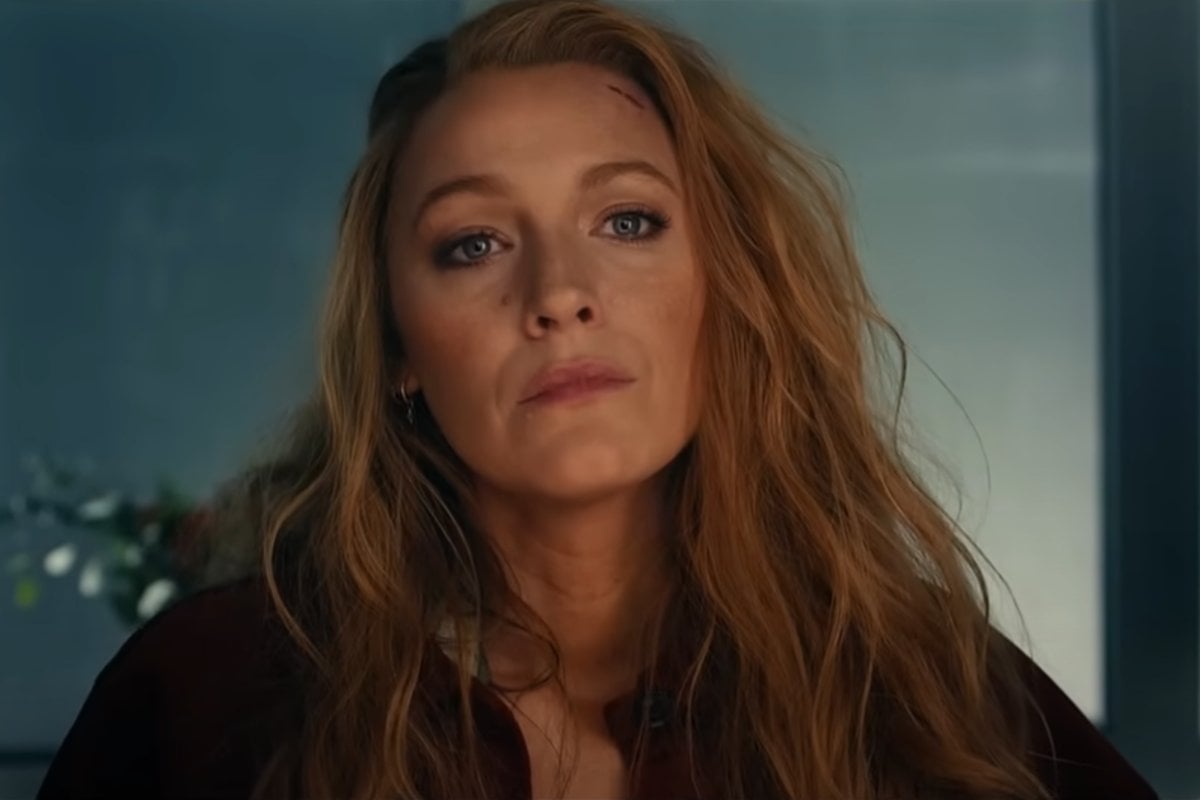
In the footsteps of Don't Worry Darling before it, Blake Lively's new film It Ends With Us, based on the wildly popular novel of the same name by Colleen Hoover, has launched a press tour mired in controversy, with rumours of a rift between Lively and the film's director and male lead, Justin Baldoni.
Is it a clever guerilla marketing campaign? An awkward feud gone public? Or something else altogether?
Lively, who is also a producer on the film, has—not for the first time in her career—come under fire from the internet. In spite of her 'America's Sweetheart' persona, the actress also known as Taylor Swift's famous bestie is not without her own personal history of missteps.
This time, though, the cancellation cloud seems to be sticking, thanks in part to criticism levelled at It Ends With Us (though most squarely at Lively herself) for its failure to include a trigger warning about the content of the movie, which deals with themes of domestic violence and coercive control. The uproar has intensified since Zoë Kravitz's directorial debut Blink Twice prepares to hit cinemas this week and issued its own trigger warning about the content it contains.
Watch: The importance of trigger warnings based on psychology. Post continues after video.
Top Comments